Agile Working
“Agile intends to enable short learning cycles so that developers can pivot, when needed, to move in a direction that is more beneficial to the operational needs of system users” - Will Hayes, Carnegie Mellon University
This quote sums up well one of Agile’s best features, Pivoting. The software development environment, in a nutshell, is rapid, complex and ever-changing. The ability to pivot, adapt and overcome to meet the needs of a project is critical practice necessary for a team to succeed.
Imagine yourself in the shoes of a newly qualified student lawyer. Your texts have been revised, examinations passed and your first formal position shadowing a lawyer within a local firm is this morning. Upon entering the world of work you find yourself entering a new environment. However, it isn’t unfamiliar. You hold in your backpack of knowledge the real beef behind being a lawyer. Contract law, Case resolution and everything you need. But now instead of case details written out in front of you on paper. You now have a living person sat in front of you. How do you get through to the details of the case, conduct and ensuring all details you need are fully given to you in a flowing conversation?
This was one of the ideas proposed through to the lab. How could technology solve this problem? How could the introduction of software bring about a solution? The proposed technical solution came about through the form of a program to simulate these conversations, a branching program to replicate conversation paths. Making use of custom metrics to score through key factors to analyse performance. Key identification factors for scoring were drawn up as understanding, SRA compliance, anger, trust and fear. A few online collaboration brainstorming meetings later we decided to map out a prototype program using existing toolsets.
Numerous online toolsets were found through our market research with two key tools showing real potential. Xerte and Twine. Both being advice additionally advised to us by other colleges for their usefulness and ease of use. Organically on paper, these two toolsets did exactly as we needed for mocking up interview tools. With both boasting an impressive amount of additional future potential features with ease of integration into existing student intranet services. Combine this with the recommendation and expertise available to us from professional academics these two programs brought about a sense of real potential.
However, a common fundamental issue in using pre-existing toolsets is the fact that they have been build for a specific area of purpose in mind. Storytelling apps are directed with an audience in mind of writers, professional service applications are built with an audience, not at all inclined towards software development. Both of which is utilised for a solution would mean restricting client requirements of what could be possible.
Within the lab, we are constantly working in a field where two different areas are looking to be combined. Legal and Computer science and a lot of the times deeper insight into existing tools build for these purposes can bring up barriers. This is why having a work methodology that is flexible to allow changes in direction is critical. As now we are exploring a more custom platform approach. Developed and designed by the lab to be more beneficial to those operating needs of the users. A set pathway often isn’t in stone for any project.

